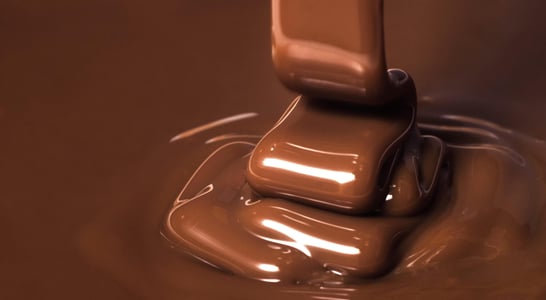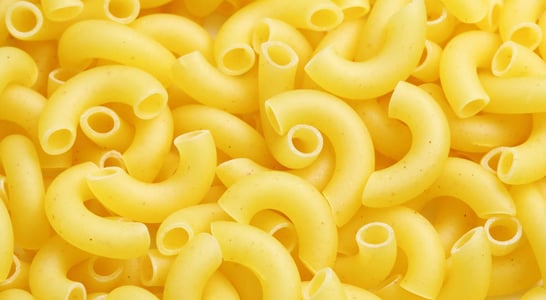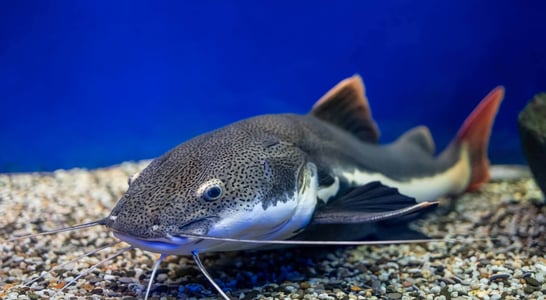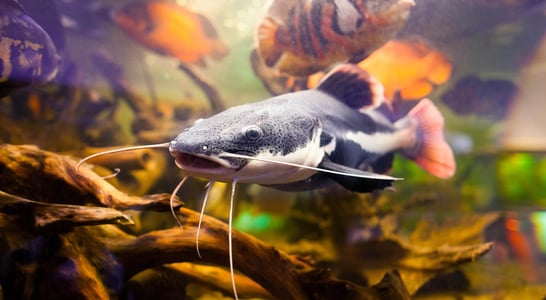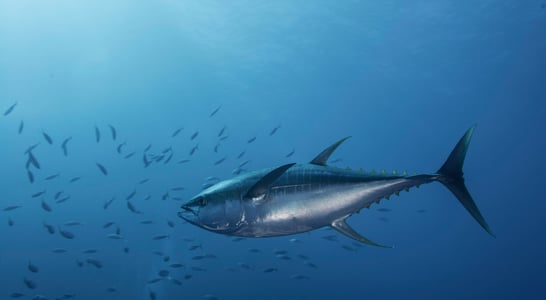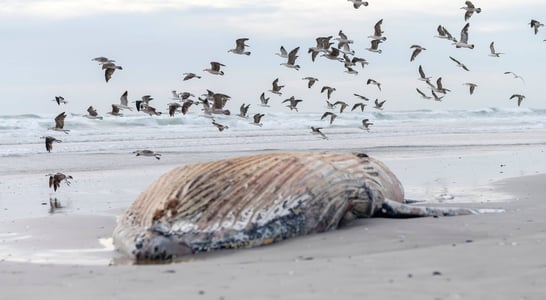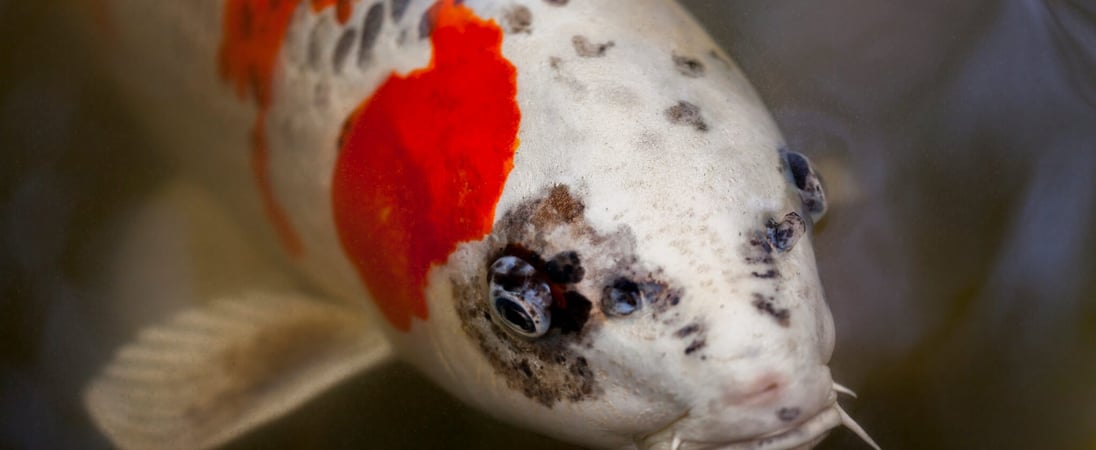
National Koi Day
Elegantly swimming in tranquil ponds, these vibrant fish bring serenity and beauty to any aquatic environment.
Koi fish are fascinating creatures that are often colorful and ornamental, and enjoyable to watch.
Bred to bring decoration to ponds and water displays, the word ‘koi’ simply means carp in Japanese, as these fish are a version of the common carp – but they are obviously much more beautiful!
How to Celebrate National Koi Day
Have some fun with new and interesting cultural experiences by learning more about this fish and celebrating with some of these ideas on National Koi Day:
Learn Fun Facts About Koi Fish
Get informed and share that knowledge in celebration of National Koi Day! Make it a point to learn some fun facts about these fascinating fish and share them with friends and family or online to raise awareness for this event. Perform an online search, head over to the local library to learn more, or check out some of these interesting bits of trivia about Koi to get started with:
-
While Koi is a common nickname, the official Japanese name for these ornamental fish is Nishikigoi, which means ‘swimming jewel’
-
While they likely originated in China, the first recorded display of Koi fish in Tokyo was in 1914, driving up their popularity in Japan and eventually spreading worldwide
-
The most expensive Koi fish ever sold at auction was in 2017 in Japan for the whopping sum of $1.8 million
-
Koi fish are very smart, can recognize the person who feeds them, and can even be trained to eat out of their hand
Visit a Koi Farm
Get on board with National Koi Day with live access to these fascinating fish. Head over to a local farm that grows these beautiful fish, or locate an aquarium that stocks them. With more than 100 different varieties, sorted into 16 different categories, there’s never an opportunity to get bored when viewing the unique types of Koi fish.
Learn More About Koi Symbolism
In Japanese culture, where this beautiful fish hails from, the Koi fish has all sorts of attachments to symbols and significance. Check out and share some of these interesting symbols in celebration of National Koi Day:
- Chagoi Koi – represents health and longevity
- Yamabuki Koi – symbolizes financial and monetary gain
- Tancho Koi – this symbol of honor has a red spot reminiscent of the Japanese flag
- Kujaku Koi – this version of the Japanese carp is considered to be lucky or to bring happiness
History of National Koi Day
The date for National Koi Day was chosen in memory of the world’s oldest Koi fish, Hanako. While most of these japanese fish are known to have an average lifespan of about 40 years, the stories of Hanako date her birth during 1750 and her death came in 1977.
That would make her more than 225 years old – outliving several of her human caretakers!
Hanako’s age was determined by a study that took place in 1974, testing the scales of the fish which grow in a similar manner to tree rings. Sadly, Hanako died on July 7, 1977 and the date of National Koi Day is celebrated in her honor.
National Koi Day FAQs
How did koi fish become associated with samurai culture in Japan?
Koi fish symbolize courage and determination in Japanese culture. Samurai admired these traits, seeing koi swimming upstream as a metaphor for perseverance in the face of adversity.
This association reinforced the samurai’s own values of bravery and resilience.
What is the significance of koi fish in Chinese folklore?
In Chinese legend, a koi fish that swims upstream and leaps over the Dragon Gate waterfall transforms into a dragon. This tale represents personal transformation and the rewards of hard work and perseverance.
How do koi fish contribute to the ecosystem of a pond?
Koi fish help control insect populations by eating larvae and contribute to nutrient cycling through their waste.
However, overpopulation can lead to water quality issues, so maintaining a balanced ecosystem is crucial.
What are some unique koi varieties that enthusiasts prize?
Enthusiasts prize varieties like the metallic-skinned Ogon, the butterfly-finned Hirenaga, and the rare black Kumonryu, known for its changing patterns. Each type offers distinct beauty and characteristics.
How do koi fish recognize their owners?
Koi fish have keen eyesight and memory. They can distinguish between different human faces and learn to associate their owners with feeding, often swimming to the surface when they approach.
What role do koi fish play in feng shui practices?
In feng shui, koi fish are symbols of prosperity and good fortune. Placing a koi pond or imagery in specific areas of a home or business is believed to attract positive energy and wealth.
Are there any myths about the coloration of koi fish?
A Japanese myth tells of koi turning into dragons after swimming upstream and over waterfalls.
The colors of koi are also thought to represent different family members or personal attributes, adding layers of meaning to their hues.
How do different cultures celebrate koi fish outside of Japan?
In the United States, koi festivals and competitions showcase these fish’s beauty. In China, koi are integral to New Year celebrations, symbolizing wealth and prosperity for the coming year.
What are some common misconceptions about keeping koi fish?
A common misconception is that koi can thrive in small ponds. In reality, they require ample space and proper filtration to maintain health.
Another myth is that koi stop growing when pond size is limited; they may become stunted, leading to health issues.
How has the symbolism of koi fish influenced modern art and design?
- Koi fish appear in various art forms, from tattoos symbolizing strength to corporate designs representing perseverance. Their vibrant colors and cultural significance make them popular motifs in contemporary aesthetics.
See what else is happening…
There’s always more going on every month at Days Of The Year. Here are our favorites this month!
Also on ...
View all holidaysWorld Chocolate Day
Milk chocolate, dark chocolate, white chocolate…chocolate milk, truffles, Snickers, chocolate cake…indulge in any of the many kinds of chocolate out there.
National Macaroni Day
Grab a box of Kraft macaroni and cheese, try making your owned baked gourmet mac n’ cheese from scratch, or get creative with macaroni arts and crafts.
We think you may also like...
National Catfish Month
Go fishing for catfish, order it at a restaurant, or try your hand at cooking up your own fish using any number of tasty but simple catfish recipes.
National Catfish Day
Cook up some catfish at home, visit a catfish festival, or find a local restaurant serving this tasty fish to make the most of National Catfish Day.
World Tuna Day
Sleek, powerful ocean dwellers, tuna command a watery realm, embodying the epitome of aquatic prowess and grace.

